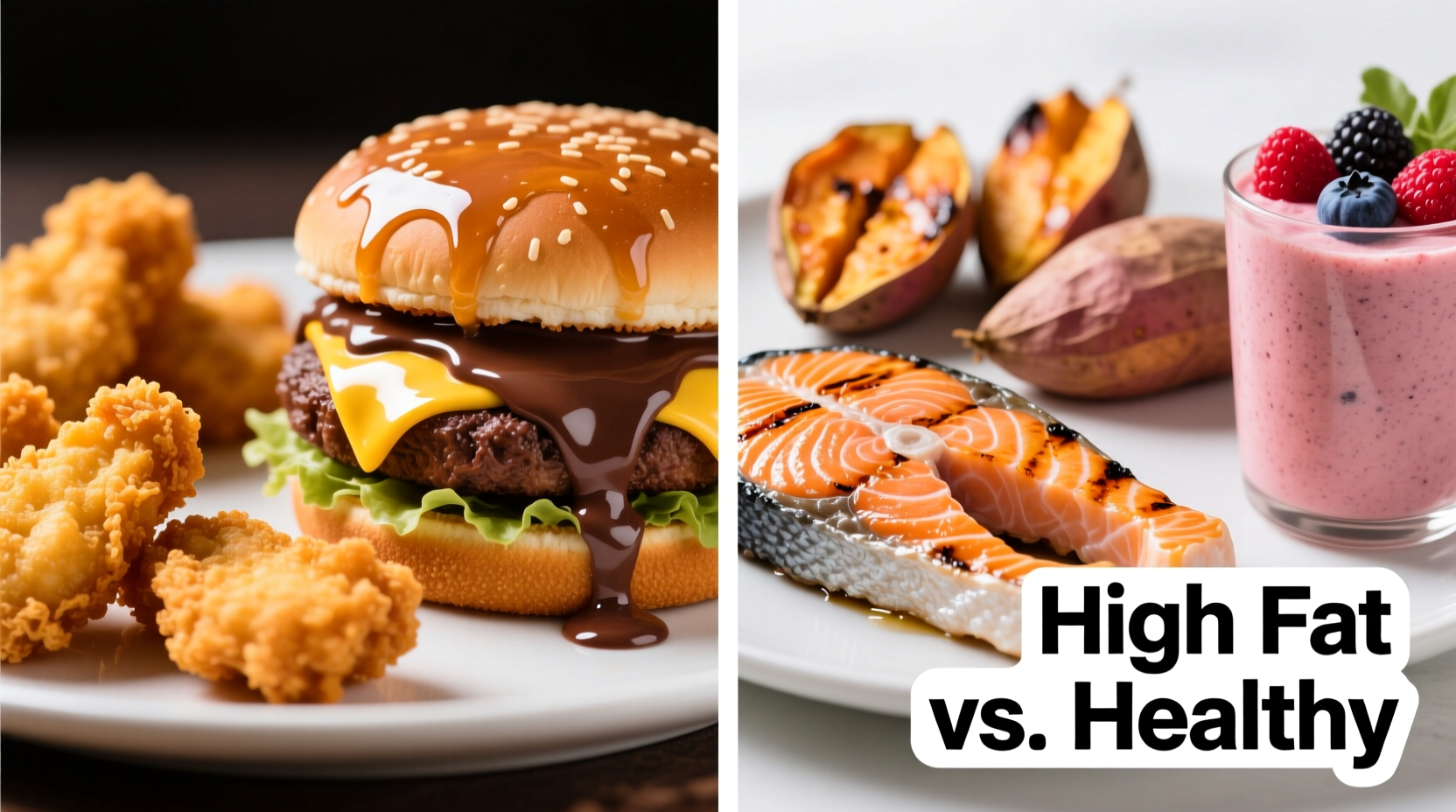Knowing exactly what foods are saturated fats sources is crucial for making informed dietary decisions. While fats are essential for health, understanding which foods contain higher levels of saturated fats allows you to balance your intake according to current nutrition science.
What Exactly Are Saturated Fats?
Saturated fats are fat molecules with no double bonds between carbon atoms, making them solid at room temperature. They differ from unsaturated fats (monounsaturated and polyunsaturated), which remain liquid and offer different health benefits. Your body actually needs some saturated fat for hormone production and nutrient absorption, but excessive amounts can negatively impact cardiovascular health.
| Type of Fat | Physical State at Room Temp | Primary Food Sources | Health Impact |
|---|---|---|---|
| Saturated Fats | Solid | Animal products, coconut oil, palm oil | May raise LDL cholesterol when consumed in excess |
| Monounsaturated Fats | Liquid | Olive oil, avocados, nuts | May improve blood cholesterol levels |
| Polyunsaturated Fats | Liquid | Fish, sunflower oil, walnuts | Essential for body functions, may reduce heart disease risk |
Top Food Sources of Saturated Fats
When researching what foods are saturated fats contributors in your diet, certain categories consistently appear as primary sources. Understanding these helps identify where to focus your attention for dietary adjustments.
Animal-Based Sources
- Fatty cuts of red meat - Ribeye steak, ground beef (80% lean), pork belly, lamb shoulder
- Processed meats - Sausages, bacon, salami, hot dogs (often contain 3-5g saturated fat per serving)
- Full-fat dairy - Butter (7g per tablespoon), cheese (American: 6g per ounce), cream, whole milk, ice cream
- Poultry skin - Particularly when fried or cooked with added fats
Processed and Prepared Foods
- Baked goods - Pastries, cookies, cakes, and pie crusts made with butter or shortening
- Fried foods - French fries, fried chicken, doughnuts (especially when cooked in palm or coconut oil)
- Non-dairy creamers - Many contain palm oil derivatives
- Snack foods - Crackers, microwave popcorn, and some granola bars
Plant-Based Sources
Not all saturated fat sources come from animals. Certain tropical oils contain high saturated fat levels:
- Coconut oil - Approximately 90% saturated fat (11g per tablespoon)
- Palm oil - About 50% saturated fat, commonly used in processed foods
- Cocoa butter - Found in chocolate products, particularly dark chocolate

Understanding the Health Context
The scientific understanding of saturated fats has evolved significantly over time. What was once considered universally harmful is now understood with more nuance. This timeline of saturated fat research shows how our knowledge has developed:
- 1950s-1970s: Early research linked saturated fats to heart disease, leading to dietary recommendations to reduce intake
- 1980s-1990s: "Fat-free" became a marketing buzzword, often replaced with refined carbohydrates
- 2000s: Research began distinguishing between types of fats and their different health impacts
- 2010s-present: Focus shifted to overall dietary patterns rather than single nutrients, with emphasis on replacing saturated fats with unsaturated alternatives
According to the American Heart Association, adults should limit saturated fat to 5-6% of total daily calories. For a 2,000-calorie diet, that's about 13 grams of saturated fat per day. The USDA FoodData Central database provides detailed nutrient information for thousands of foods to help track your intake.
Practical Guidance for Everyday Eating
Knowing what foods are saturated fats sources is just the beginning. Here's how to apply this knowledge practically:
Reading Nutrition Labels Effectively
When checking food labels, look for both "Total Fat" and "Saturated Fat" values. Be aware that products labeled "low fat" may still contain significant saturated fat. The % Daily Value helps put numbers in context - 5% or less is considered low, while 20% or more is high.
Smart Substitutions for Common High-Saturated Fat Foods
- Replace butter with olive oil or avocado in cooking
- Choose lean cuts of meat like sirloin instead of ribeye
- Use Greek yogurt instead of sour cream
- Snack on nuts instead of cheese crackers
- Select low-fat or fat-free dairy products
Context Matters: When Saturated Fats Fit in a Balanced Diet
Complete elimination of saturated fats isn't necessary or practical. Certain contexts where moderate saturated fat intake may be appropriate include:
- Active individuals with higher caloric needs
- Specific dietary patterns like ketogenic diets under medical supervision
- Cultural food traditions where occasional higher saturated fat foods are part of balanced meals
- Nutrient-dense foods like full-fat Greek yogurt that provide protein and calcium along with some saturated fat
The key is balance and substitution rather than complete avoidance. The Dietary Guidelines for Americans emphasize replacing saturated fats with unsaturated fats rather than refined carbohydrates for optimal health outcomes.
Building a Balanced Approach to Dietary Fats
Instead of focusing solely on avoiding saturated fats, consider building a fat profile that supports overall health. Include more foods with unsaturated fats like avocados, nuts, seeds, and fatty fish while being mindful of your saturated fat intake from the sources we've discussed. Remember that fats help absorb fat-soluble vitamins (A, D, E, K) and contribute to satiety, so they're an important part of a balanced diet.











 浙公网安备
33010002000092号
浙公网安备
33010002000092号 浙B2-20120091-4
浙B2-20120091-4